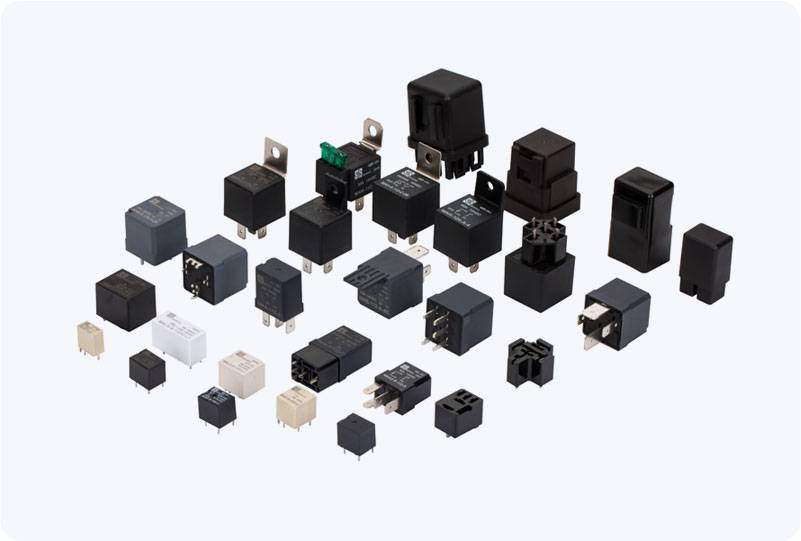understanding motor starter relay: key functions and applications
Release time:2025-11-14 07:10:44
A Motor Starter Relay is an essential electrical component used in motor control circuits, ensuring the safe and efficient operation of electric motors. It plays a significant role in both starting and protecting motors, offering a combination of functionality that helps prevent damage from overcurrent, overload, and operational faults. This article delves into the various functions and applications of the Motor Starter Relay, providing a comprehensive understanding of its role in motor management systems.

What is a Motor Starter Relay?
A Motor Starter Relay is a device that acts as an interface between an electric motor and its power supply. It helps manage the electrical flow to the motor, initiating the motor's operation, protecting it from potential harm, and ensuring that it runs smoothly under various operational conditions. The relay is typically used in conjunction with contactors and circuit breakers in control panels, providing a critical safety net for industrial and commercial motor-driven systems.
Key Functions of a Motor Starter Relay
Starting and Stopping the Motor: The primary function of the motor starter relay is to control the start-up and shut-down of the motor. When the relay is activated, it allows electrical current to flow to the motor, turning it on. Conversely, when the motor needs to be turned off, the relay disconnects the electrical current, shutting down the motor. This ensures that the motor operates only when needed and can be safely powered off when not in use.

